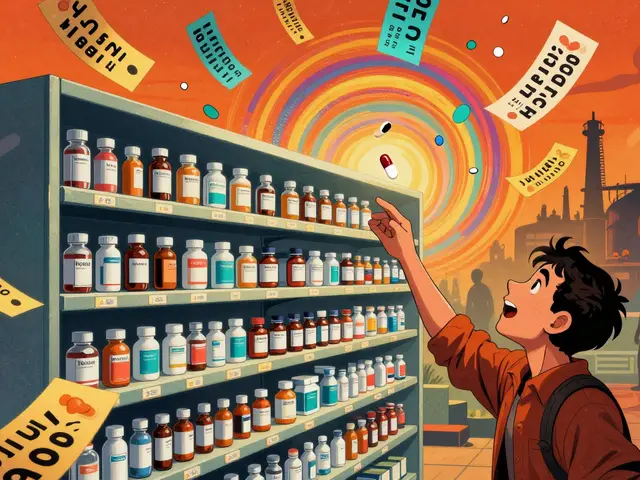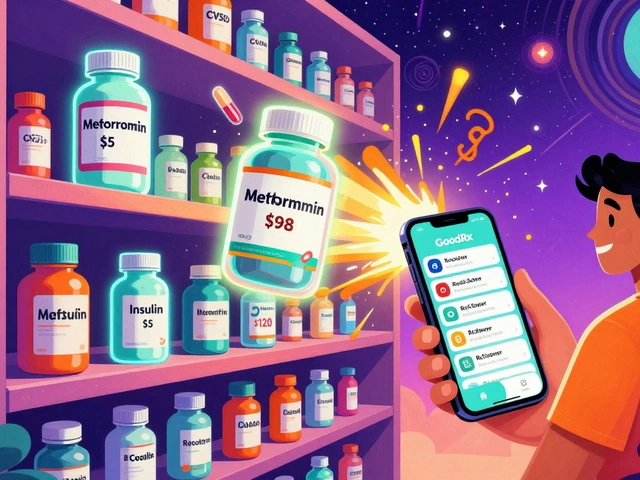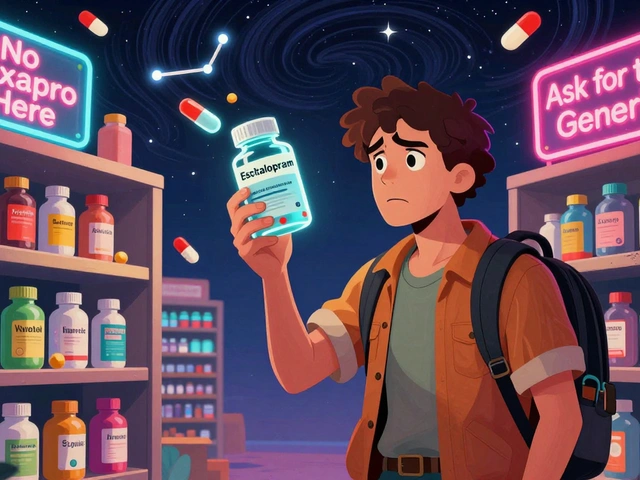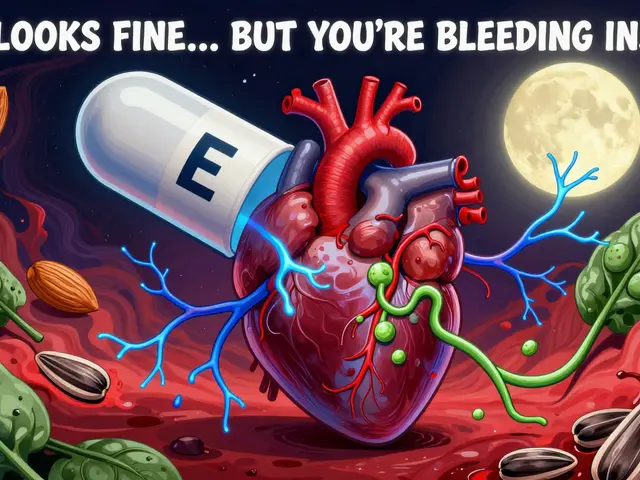Monitoring Meds: How to Spot Problems and Keep Treatments on Track
Most people assume taking a pill is the end of the story. It's not. Monitoring your medication tells you if a drug works, if it causes harm, or if something else (like a new supplement) is changing the picture. Small checks now prevent bigger problems later.
Start by knowing what to watch for. Track three things: symptoms (better or worse), new signs that could be side effects (nausea, rashes, dizziness), and routine test results your doctor orders. If you can’t say whether a medicine helped after a few weeks, write it down—gut feelings fade fast.
Simple home monitoring steps that actually work
Use tools you already have. Set daily alarms for doses, keep a short symptom diary in your phone, and take photos of any skin reaction or swelling. Measure vitals when relevant: blood pressure for heart meds, glucose for diabetes drugs, and weight if fluid retention is a risk. Bring those numbers to appointments—numbers matter more than impressions.
Keep an up-to-date medication list and include over-the-counter drugs, vitamins, and herbal supplements. Drug interactions are a common cause of unexpected side effects. When your list is current, a pharmacist or doctor can spot risky combinations fast.
What to do when something feels off
If you get a new symptom within days or weeks of starting a drug, pause and evaluate: is the symptom mild and improving, or sudden and severe? For severe issues—trouble breathing, fainting, high fever, major swelling—seek urgent care. For milder but persistent problems, call your prescriber, share your diary, and ask whether to stop, switch, or test.
Ask your prescriber what routine monitoring they recommend—blood tests, urine checks, or periodic visits. For long-term meds (statins, some blood pressure meds, certain antiretrovirals), scheduled labs help catch liver, kidney, or blood-count changes early. Write down the lab schedule so you don’t miss it.
When you order meds online, monitoring includes extra checks. Use licensed pharmacies, confirm a prescription is required for prescription-only drugs, and save order receipts and tracking info. Inspect packages on arrival—wrong pill color, damaged blister packs, or incorrect labeling are red flags. Photograph anything suspicious and contact the pharmacy immediately.
Make monitoring routine, not a chore. A one-minute daily log and one weekly review of symptoms will give you useful patterns. Share those notes with your clinician at follow-ups. Good monitoring keeps treatment safe and effective—and puts you in control of your care.
Zocor FAQ: Answers on Simvastatin Dosing, Drug Interactions, and Monitoring
Get straight answers on Zocor dosing, drug interactions, and what to watch for while taking simvastatin. Get the facts—no jargon, just what matters.





